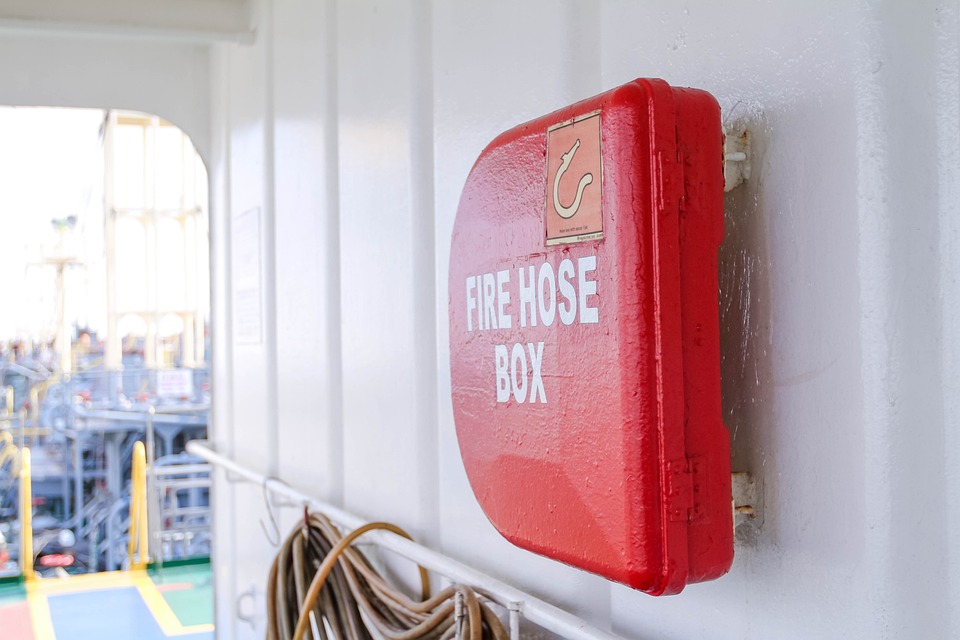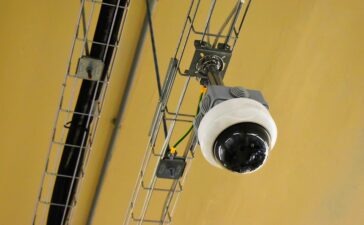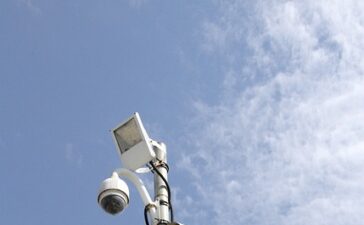Passive fire measures help to contain the spread of smoke and fire. Usually, passive fire protection does not involve movement. However, it is an essential component of fire protection. The most common passive fire protection is the use of a smoke barrier. Smoke barriers slow the spread of fire and smoke by preventing it from reaching people and objects.
Passive fire protection also includes the use of fire barriers and dampers. These devices prevent smoke and fire from spreading through ductwork.
Passive fire protection also includes fire-proofing materials and building materials. These measures contain the fire and keep it from spreading, which gives firefighters enough time to extinguish it and evacuate the building’s occupants. They also prevent damage to equipment inside the building.
Passive fire protection has evolved over the years. It is more complicated today than it used to be. For example, buildings built in the past two decades have been more complex, which means that the building’s passive protection needs to be more elaborate. Passive fire protection can include the use of smoke alarms, fire-resistant windows and doors, and ducts.









